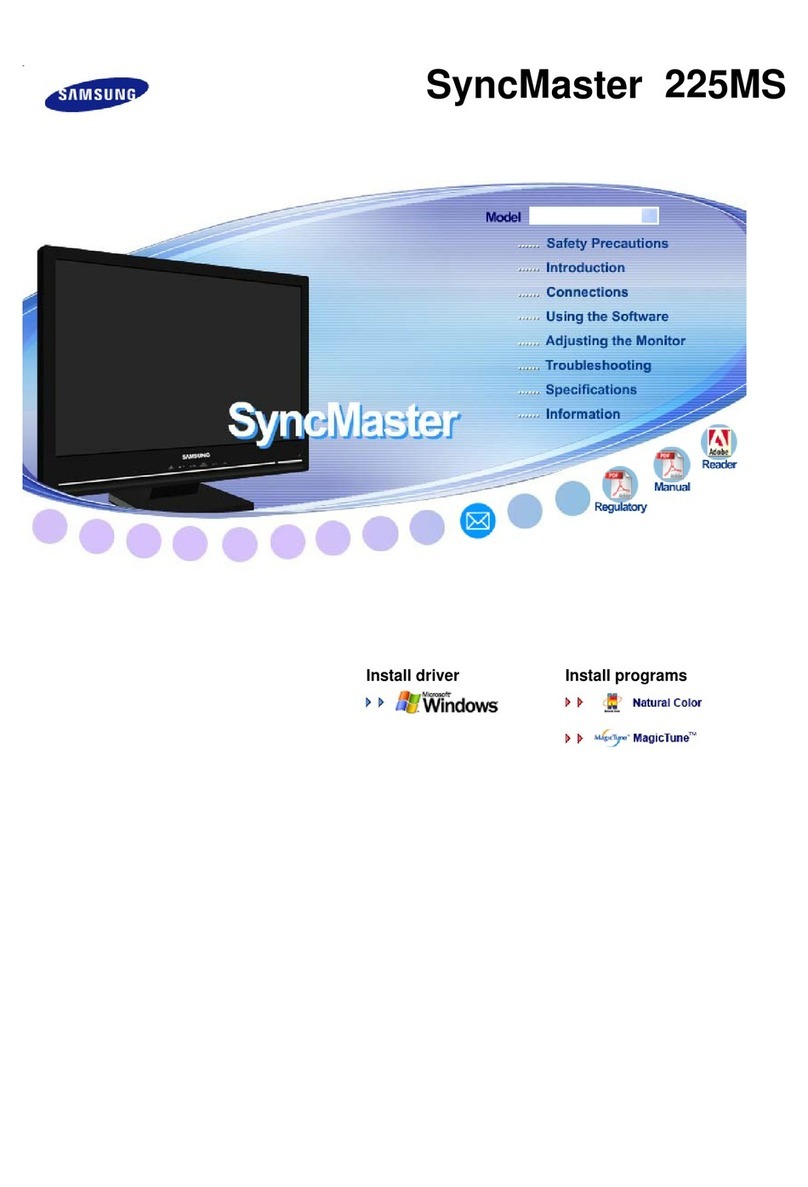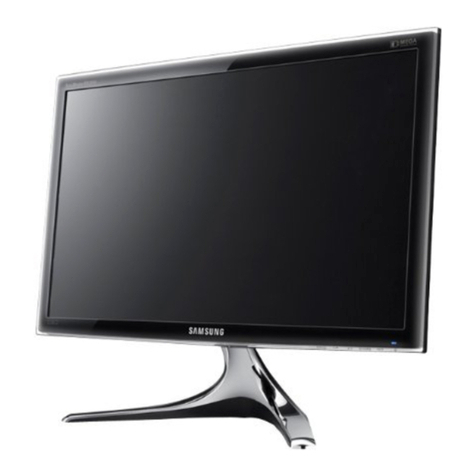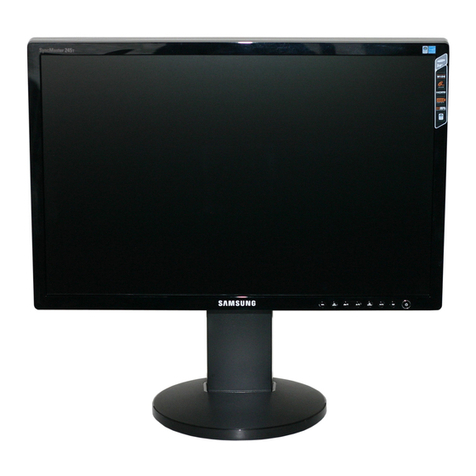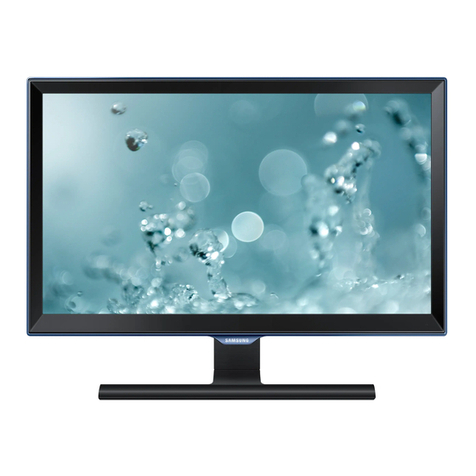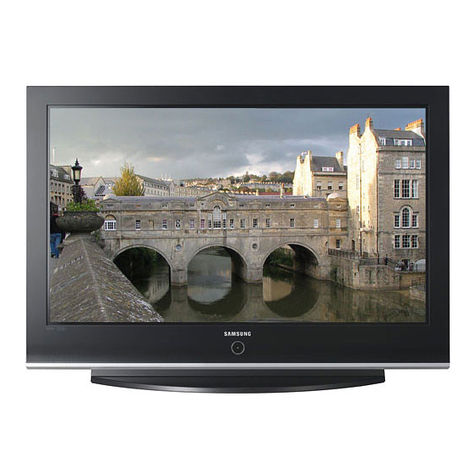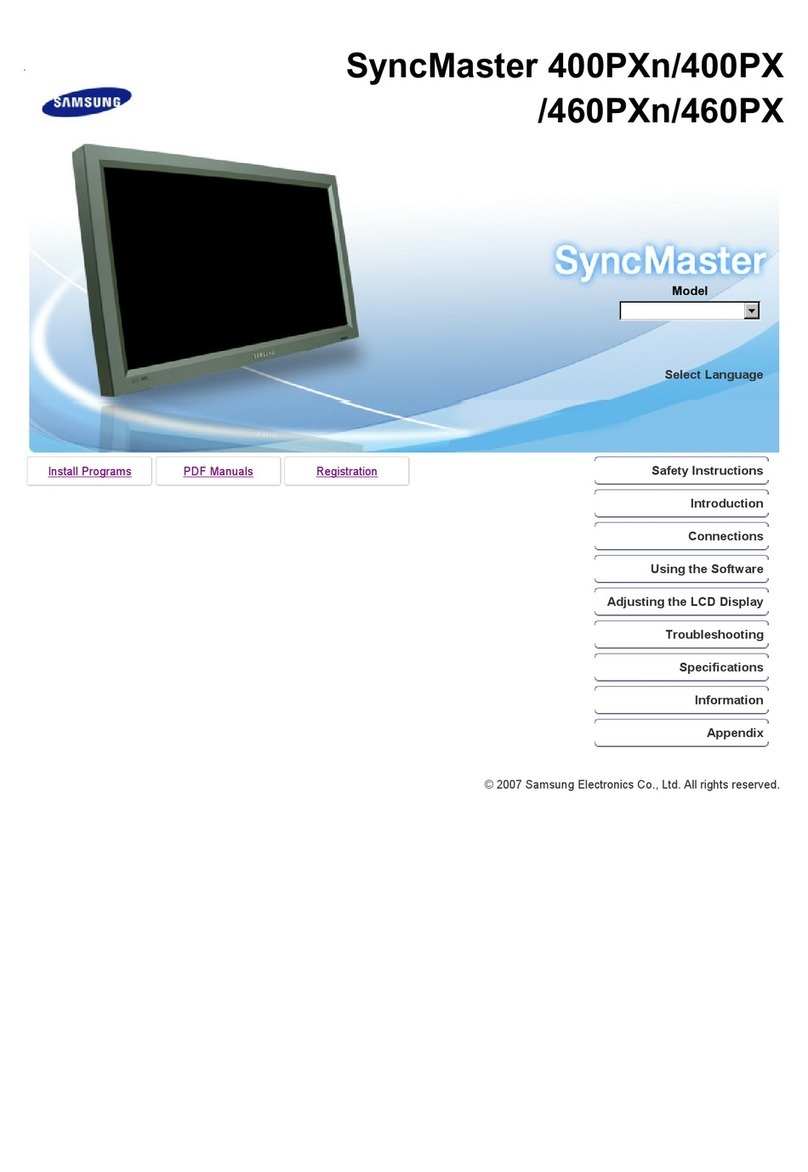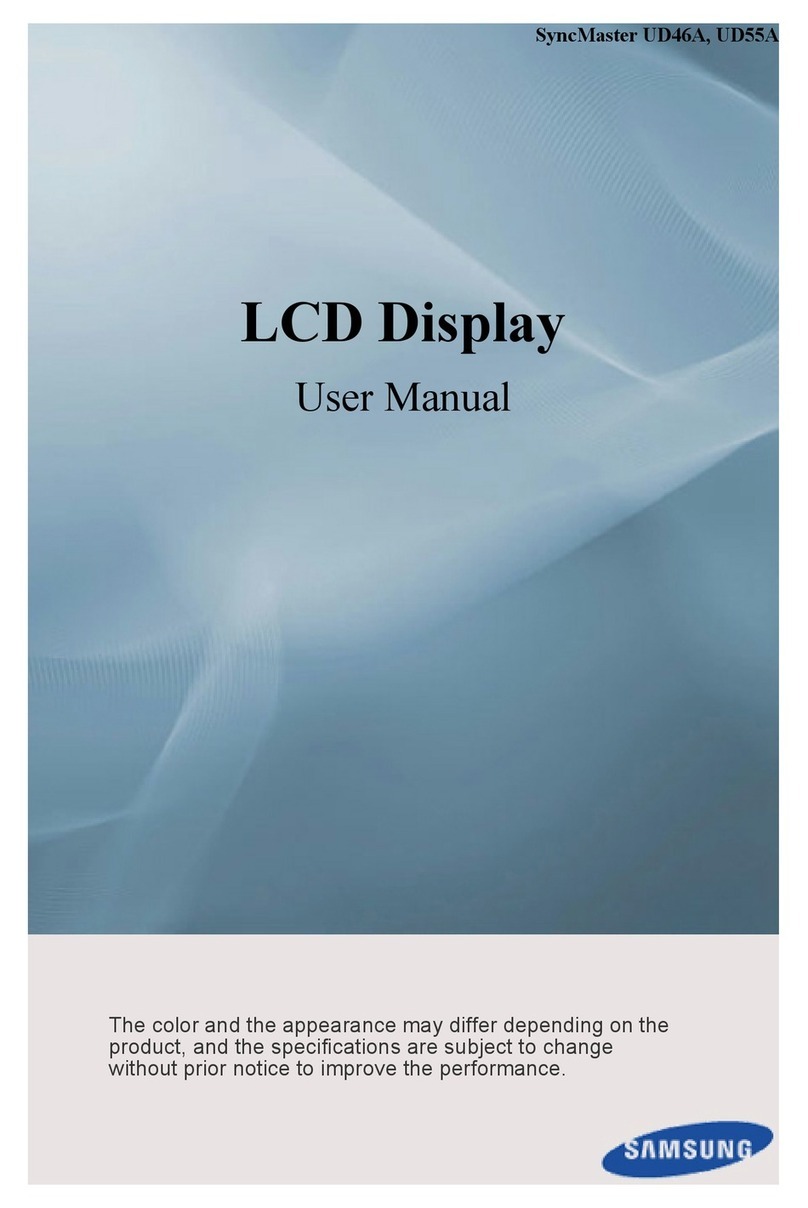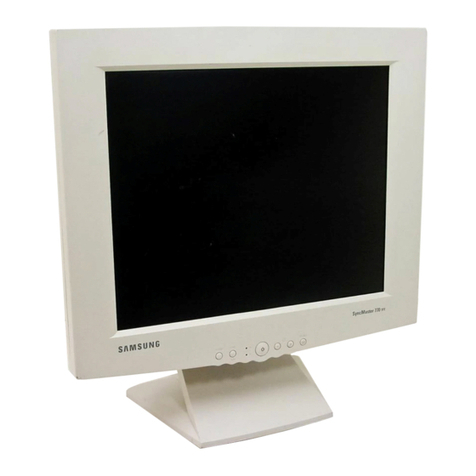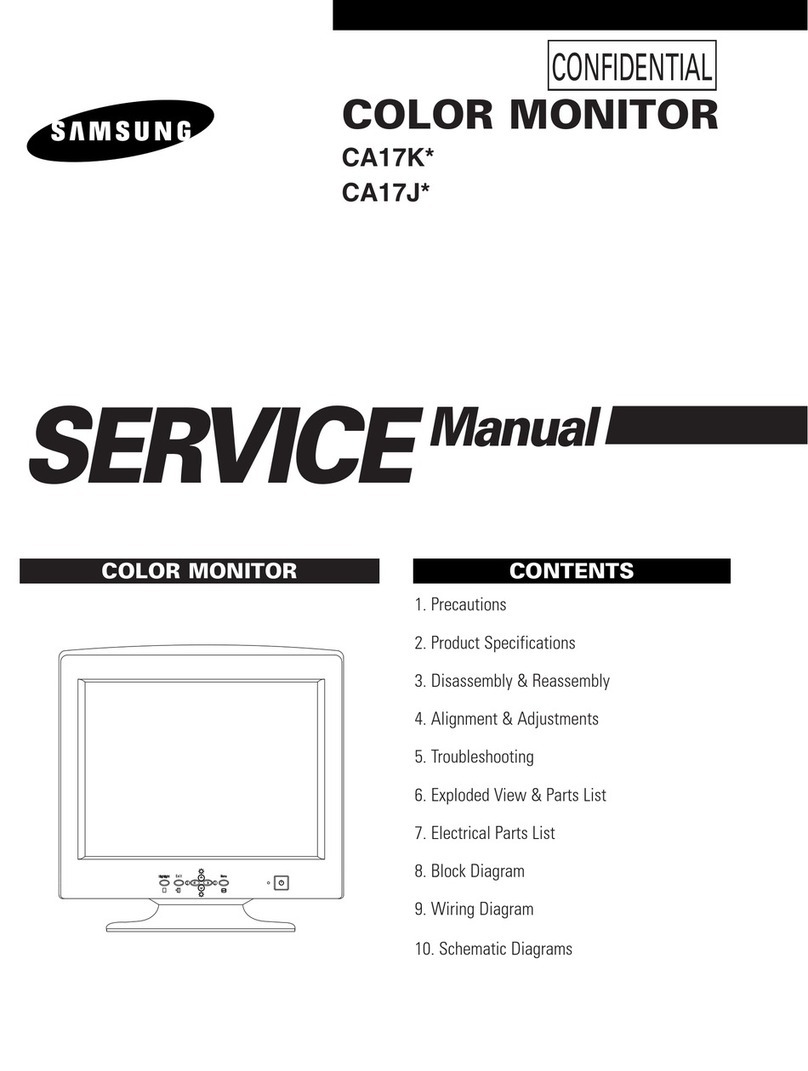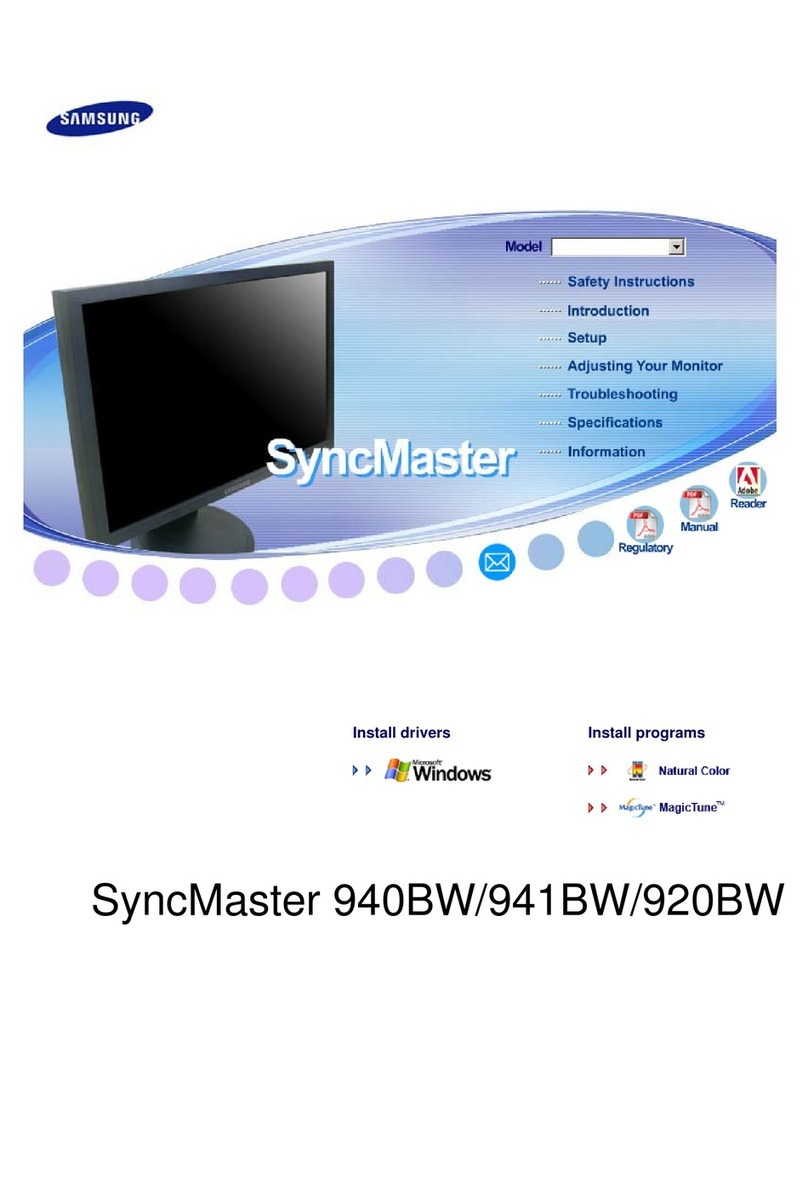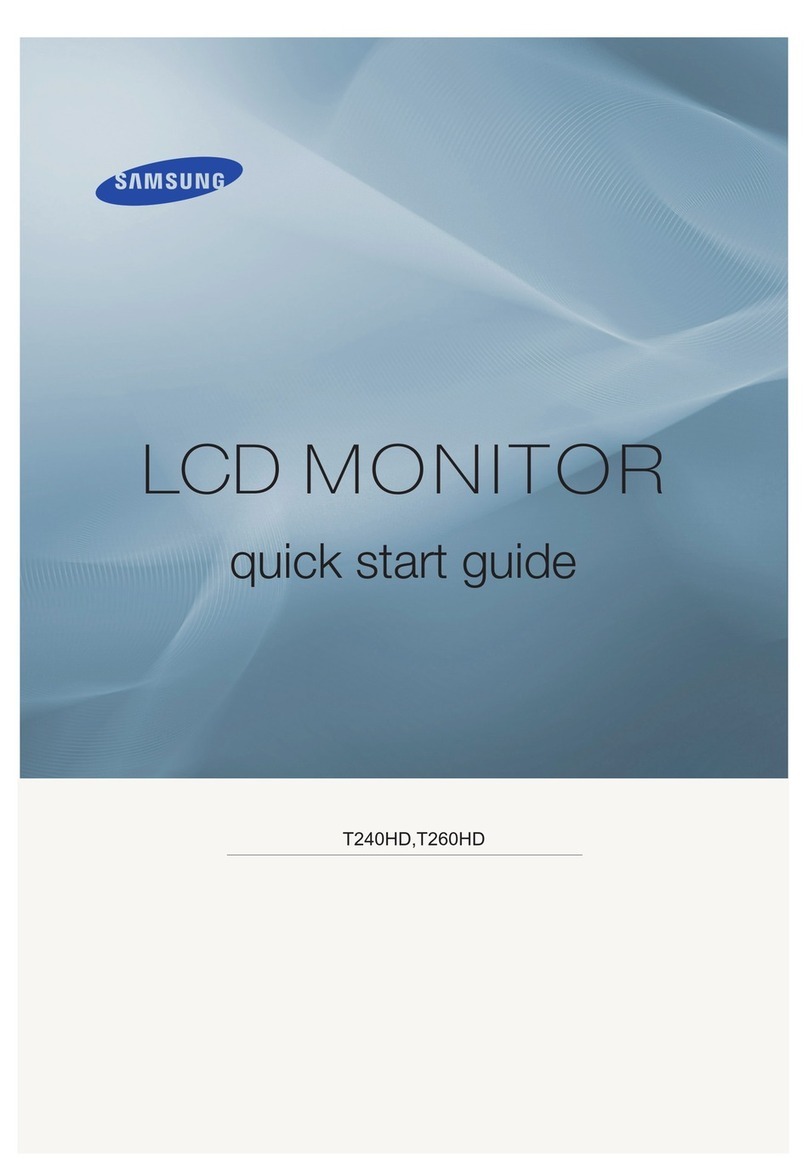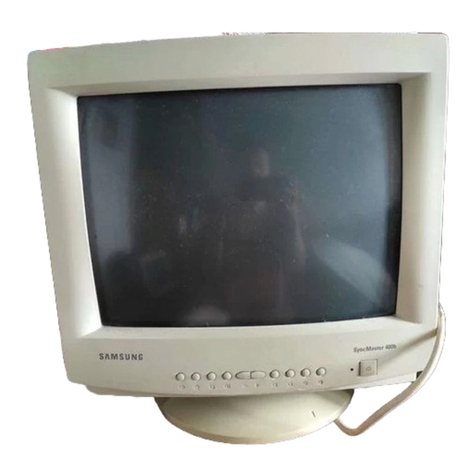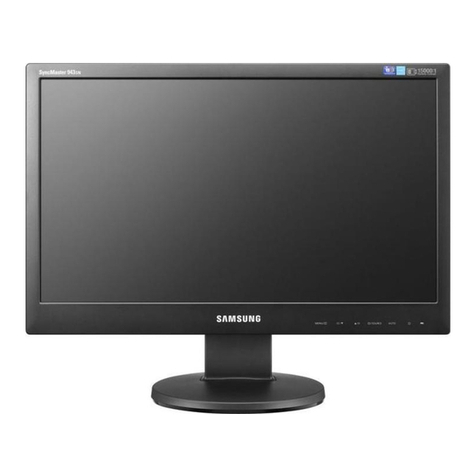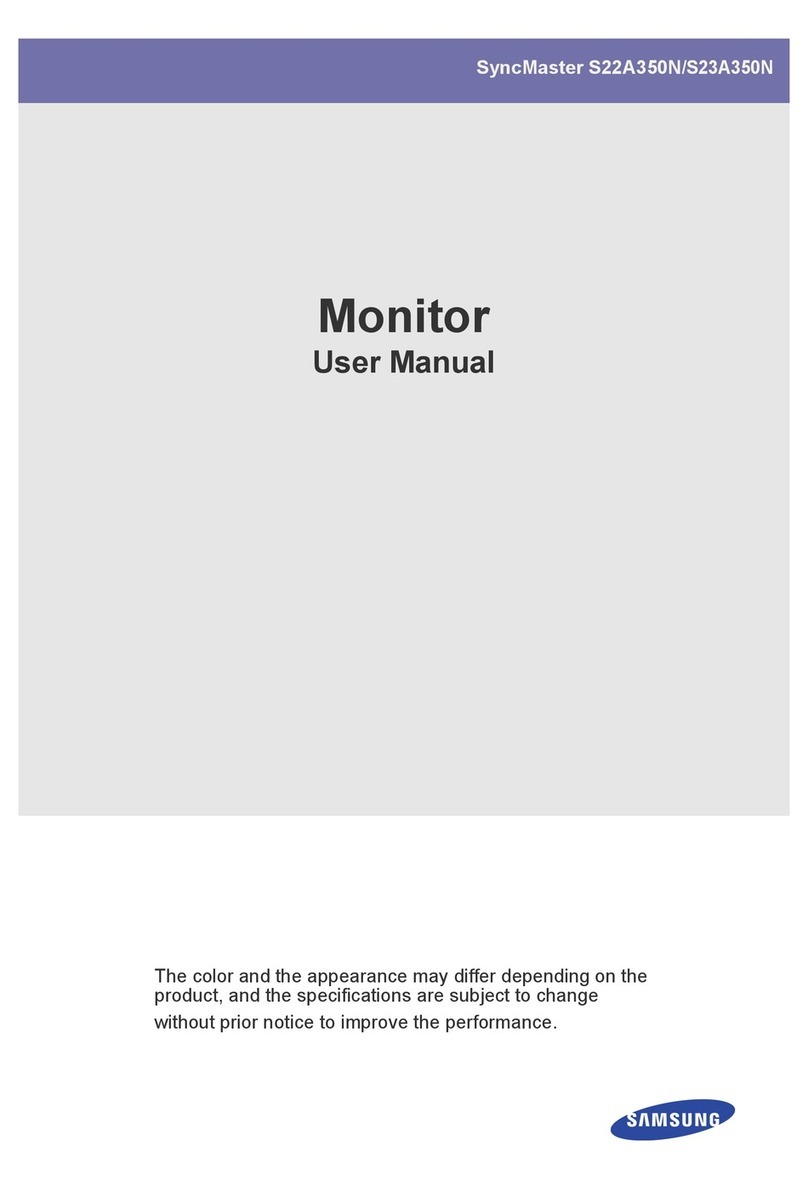Contents
1. Precautions.............................................................................................................. 1-1
1-1. Safety Precautions ......................................................................................................... 1-1
1-2. Servicing Precautions..................................................................................................... 1-2
1-3. Static Electricity Precautions .......................................................................................... 1-3
1-4. Installation Precautions .................................................................................................. 1-3
2. Product specications............................................................................................ 2-1
2-1. Feature & Specications................................................................................................. 2-1
2-2. Spec Comparison to the Old Models.............................................................................. 2-3
2-3. Accessories .................................................................................................................... 2-4
3. Disassembly and Assembly ................................................................................... 3-1
3-1. Disassembly ................................................................................................................... 3-1
4. Troubleshooting ...................................................................................................... 4-1
4-1. First Checklist for Troubleshooting ................................................................................. 4-1
4-2. No Power........................................................................................................................ 4-2
4-3. HDMI No Screen ............................................................................................................ 4-8
4-4. Faults and Corrective Actions....................................................................................... 4-13
4-5. Adjustment.................................................................................................................... 4-14
4-6. How to Access Service Mode ...................................................................................... 4-14
4-7. White Balance - Calibration .......................................................................................... 4-17
4-8. White Ratio (Balance) Adjustment................................................................................ 4-18
4-9. Servicing Information.................................................................................................... 4-19
4-10. Software Upgrade....................................................................................................... 4-20
4-11. Micom Program Upgrade........................................................................................... 4-21
5. Wiring Diagram........................................................................................................ 5-1
5-1. Wiring Diagram............................................................................................................... 5-1
5-2. Board Connection........................................................................................................... 5-3
5-3. Connector Functions ...................................................................................................... 5-4
5-4. Cables ............................................................................................................................ 5-4


